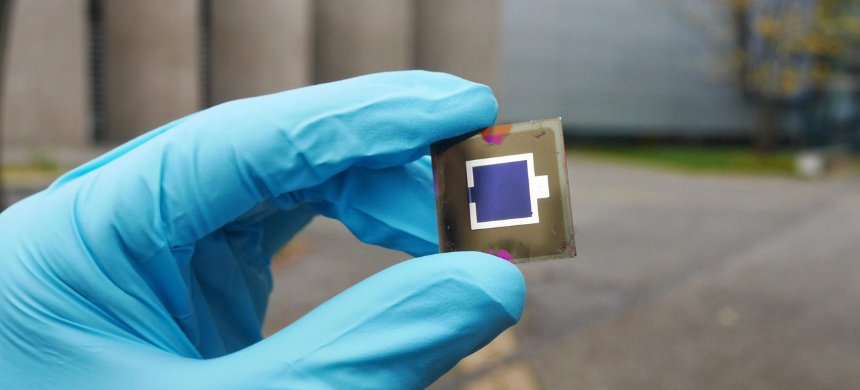Global Researchers Achieve Record Solar Cell Efficiencies in Latest Edition of Solar Cell Efficiency Tables
A team of international researchers led by Professor Martin Green from the University of New South Wales (UNSW), Australia, has released Version 66 of the Solar Cell Efficiency Tables, published in Progress in Photovoltaics. The updated edition documents 21 newly verified efficiency records across diverse solar technologies.
Read More: Japan Develops World’s First Spherical Solar Cell
Major Breakthroughs in Solar Efficiency
Some of the most notable efficiency achievements featured in the latest update include:
- 27.81% – Hybrid Interdigitated Back Contact (HIBC) crystalline silicon cell by Longi
- 27.3% – Heterojunction back contact (BC) solar cell by Longi
- 27.1% – All-TOPCon interdigitated back contact (TBC) cell by JinkoSolar
- 26.9% – Halide perovskite solar cell from Soochow University and UNSW
- 26.7% – TOPCon cell from JinkoSolar
- 26.1% – Kesterite (CZTSSe) cell by the Chinese Academy of Sciences
- 24.1% – PERC cell developed by Trina Solar
- 23.7% – Mini perovskite module from Microquanta
These results cover a broad spectrum of photovoltaic materials including crystalline silicon, perovskites, kesterites, and advanced tandem structures.
A Trusted Benchmark Since 1993
The Solar Cell Efficiency Tables, first published in 1993, are regarded as the gold standard in photovoltaic research. Updated twice a year, the tables include only independently certified efficiency results, ensuring the highest standards of accuracy and reproducibility.
The previous Version 65, released in November, featured 17 new entries. The current Version 66 continues this trend of progress with even more confirmed breakthroughs across all major PV technologies.
Verified by Global Experts
Efficiency results featured in the tables are validated through a rigorous third-party certification process by top global institutions such as:
- Fraunhofer Institute for Solar Energy Systems (Germany)
- European Commission Joint Research Centre
- National Renewable Energy Laboratory (USA)
- National Institute of Advanced Industrial Science and Technology (Japan)
- Institute for Solar Energy Research Hamelin (ISFH)
These collaborations ensure transparency and credibility, making the tables a key reference point for both industry professionals and academic researchers in the solar energy sector.











